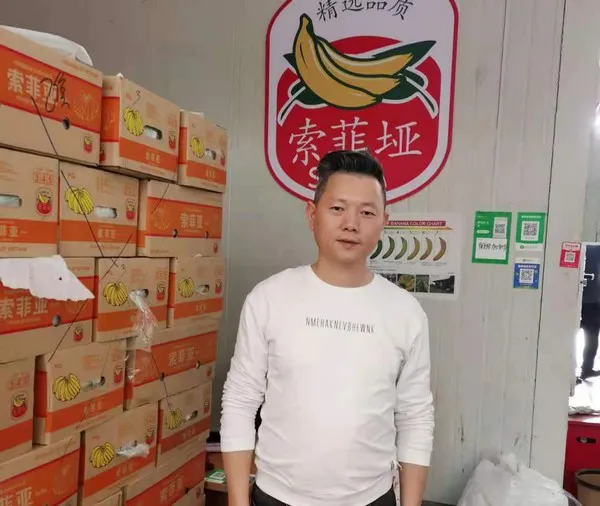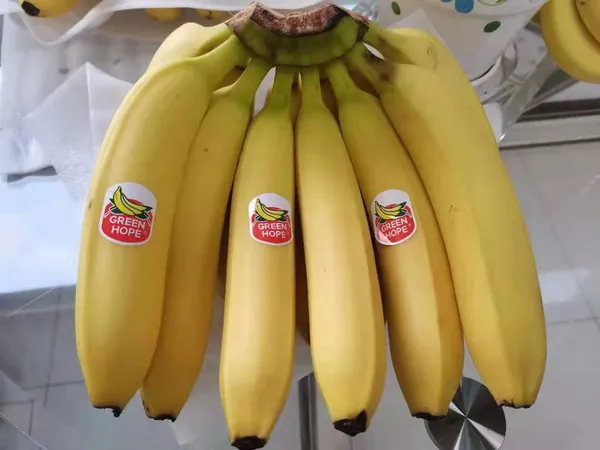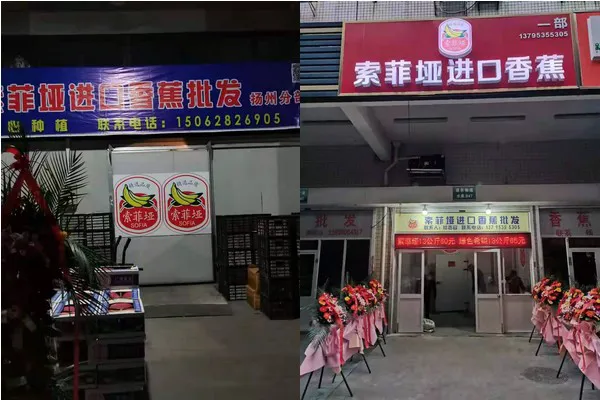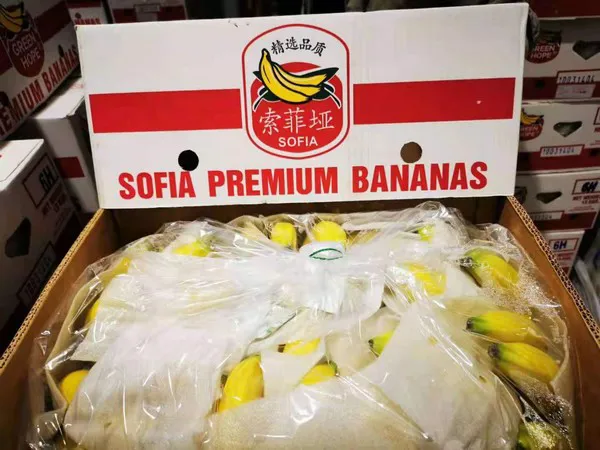When the temperatures rise, the retail volume of Chinese bananas declines. The traditional off season takes place in the summer, but that is also the time of year when bananas grow fastest.
Hainan, Guangdong, and especially Guangxi supply large volumes of bananas to the Chinese market. In general, there is a balance between supply and demand in the banana market. So even though market demand declines somewhat in summer, and the prices come down, the general market conditions remain stable.
Mr. Xia Zuxiang, chairman of the board at Shanghai Sophia International Trade Co. Ltd., recently talked about conditions in the Chinese banana import market.

Bananas from the Philippines
Data from the General Administration Customs China (GACC) shows that the Philippines supplied 60% of China's banana import volume in July, making that country the greatest supplier of the Chinese banana market.
"Some of the smaller banana plantations in the Philippines lack the resources to cope with the added difficulties during the pandemic. That is why the product quality of their bananas is falling. Many smaller plantations struggle with Panama disease. The banana export from the Philippines to China declined by nearly 30%. However, the management in larger plantations remains up to regular standards. Both their production volume and product quality remains unaffected. These bananas are very popular in the Chinese market. Their price is around 8-9 USD (per box of 13.5 kg)," said Mr. Xia.
"Philippine bananas occupy an important position in the Chinese market, but they are besieged by bananas from Cambodia and Vietnam. Still, bananas from the Philippines are unbeaten in terms of product quality and flavor. Philippine bananas are often exported to high-end markets in Korea and Japan."

Southeast Asian bananas
"Internal unrest in Myanmar affects their banana export. Laos produces bananas all year round, but recently their sales volume has not been great. Add to this situation the pandemic, and its impact on overland transport, and the banana export from Myanmar and Laos significantly declined."
"Some of the banana plantations in Vietnam expanded the surface area devoted to banana plantation. The overall production volume grew by 20%-30% compared to last year. The Vietnamese banana industry entered the off season in July, and they export less than 100 shipping containers per week at the moment. Cambodia continues to expand banana export to China, and they still export around 300-400 containers per week during the summer. However, most banana plantations in Vietnam and Cambodia that export to China are actually owned by Chinese companies. They primarily produce for the Chinese market, and often sell their entire harvest in China, which has an impact on the conditions in the Chinese banana market.

South American bananas
The South American banana export volume to China declined by nearly 60% because of the Covid-19 pandemic. South America is far removed from China and distribution is difficult. Add to this the proximity of Southeast Asia to the Chinese market, and it is easy to see why the position of South American bananas weakened. There is still a steady supply of about 100 shipping containers per week that arrive in Dalian, north China, but most companies have temporarily halted banana import from South America.

"Sophia International Trade has always traded in green bananas, but the market is changing fast during this pandemic. There are many uncertainties that can quickly affect market demand. This uncertainty greatly increases the risk of trading in the banana market. Last year in September we constructed warehouses with banana heating chambers and AI processing lines in Nantong, Yangzhou, Suzhou, and Shanghai. And we set up market booths in many first- and second-tier cities.
"It is our plan to build on the basis of our green banana trade and expand into yellow banana trade. We work hard to offer comprehensive services from production area to market. So even though supply and demand remain uncertain, we can maintain our import volume and have greater control over product quality and post-retail services. We are doing our best to bring Chinese consumers top-quality, delicious bananas."
For more information:
Mr. Xia Zuxiang - Chairman of the board
Shanghai Sophia International Trade Co., Ltd.
Tel.: +86 13601718690
